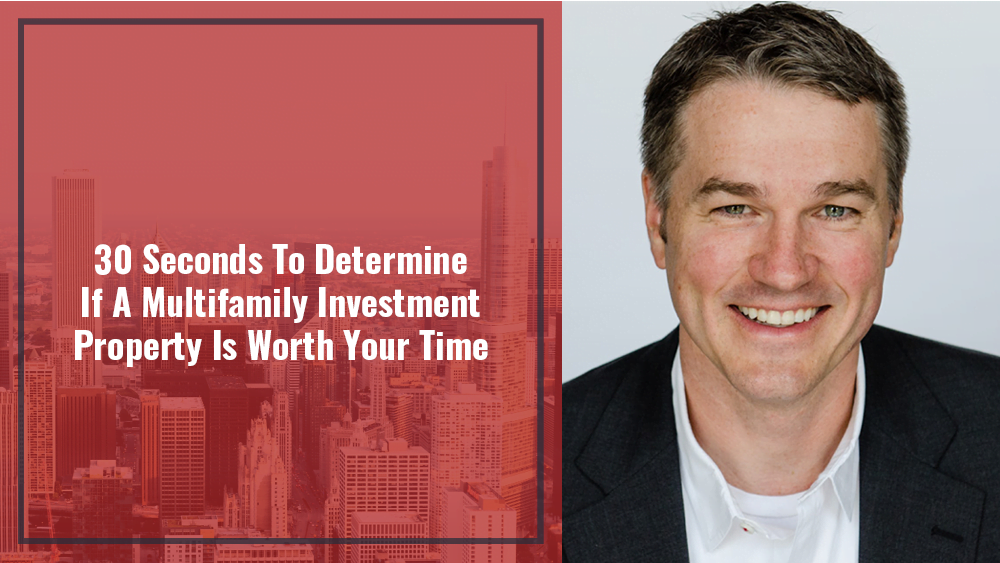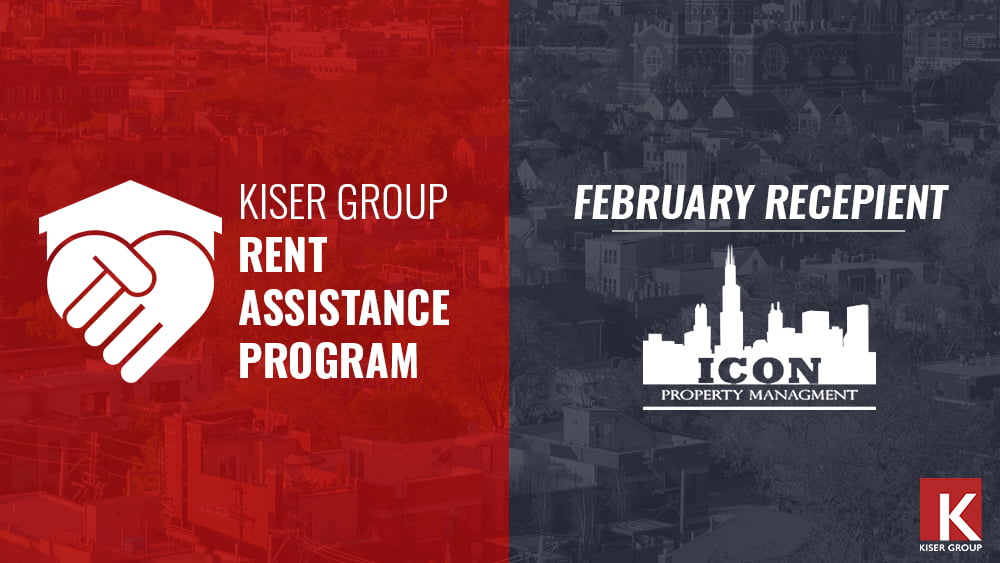03.09.21
30 Seconds To Determine If A Multifamily Investment Property Is Worth Your Time

“What’s the cap rate?” is the most common first question I’m asked about a new listing by potential investors. Many times (not all the time), there are investors that say they pass on or are interested in a deal based on the answer I give, whether it is 6 cap, 9 cap, or whatever. Many investors ask follow-up questions, but I am always surprised by the amount of people that decide if the deal is worth pursuing based on the cap rate alone.
Cap rates have been an industry standard for some time so it is perfectly reasonable for an investor to understand what their yield could be if they were to purchase a property. However, cap rate is an extraordinarily flawed metric as it is not always calculated the same, yet it is used as a benchmark to compare with alternative investments and for what other properties transacted at. Investors miss out on available properties in their acquisition criteria if they are primarily using cap rate (calculated by others) as the barometer.
I am not going to bore you with the formula for cap rate. The issue I want you to further consider is “expenses” and how and who is calculating it. My experience is that the seller and buyer do not calculate expenses the same despite having one set of financials. The buyer and seller will apply their own respective business models to determine the costs to running the building.
Then, when you add in an additional player in the calculation – the broker – who the seller hired to expose the property to the entire market, an investor should find out about information they find important if the rough deal size, location, and type of property are within their investment parameters. With thousands of licensed brokers in Illinois alone, there could be numerous different cap rates being marketed on the same property and price.
I know the investor I am calling on is busy with normal duties like leasing, turning units, handling maintenance tickets, etc., and before they decide they want to take the time to review an offering memorandum, it might be worth 30 seconds of information to see if that particular property is worth pursuing.
After asking what the cap rate is – another powerful question is “What are collections?” This is an excellent piece of data to get to the point. Separate from yield, an investor can get a very quick idea of gross revenue per unit and apply their experience of costs to run a multifamily property to determine if the cash flow they would get is worth adding that particular building to their portfolio. Also, collections are not subject to varying opinions on what expenses could be shaved and are substantiated during the escrow period before the transaction is closed.
“What is the general condition of the building?” is another back of the envelope piece of information to help decide if you want to learn more. You may have to cut through some broker speak, but if the building is long-time owned or was only acquired in the last five years is more black and white. “What is the last capital project the seller completed?” is a great follow up to further understand the maintenance of the asset and it will tell a prospective investor if the purchase price will be followed by large capital expenditures after an acquisition or not.
A lot of prospective investors never even ask me what the cap rate is, rather the questions I’ve outlined above. Cap rate is a good measure of value, but unless everyone agrees on how to calculate it, it should not be used as the only measure of value.
multifamily cap rate multifamily cap rate
